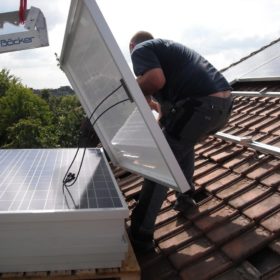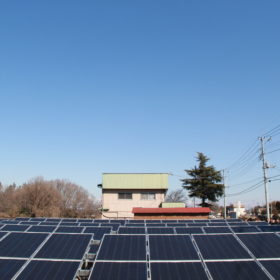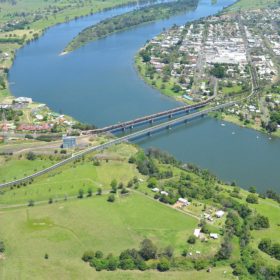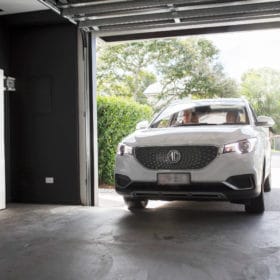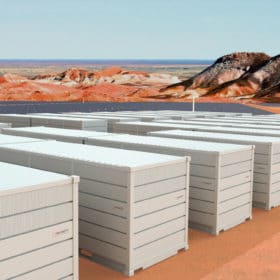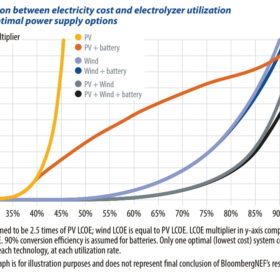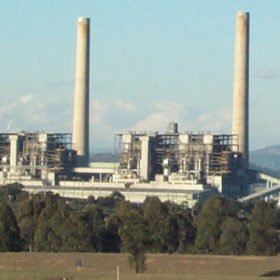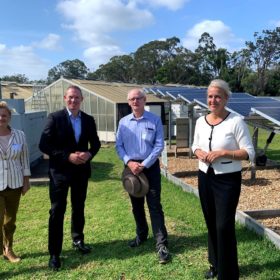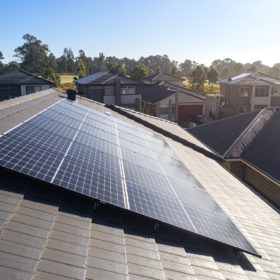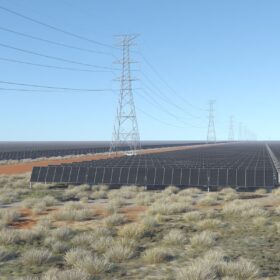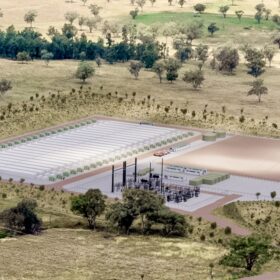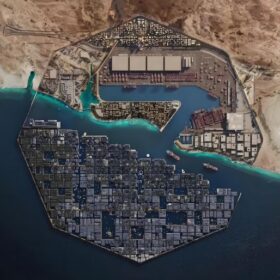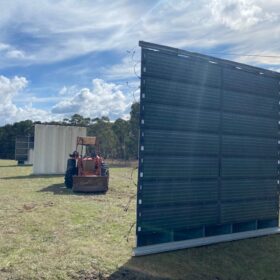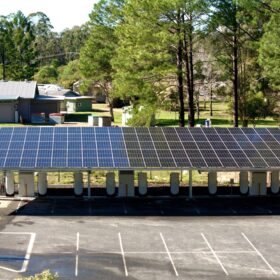Solar 101: How to evaluate solar contractors for rooftop projects
A well-designed rooftop solar system should last 20 or 30 years, or longer. This guide for choosing the right contractor should help ease your concerns.
Jolywood signs megadeal with Chinese utility to supply 7 GW of household solar
Based on current market prices, the five-year contract could be worth almost $4 billion to the $1 billion company, but the TOPCon manufacturer has not publicised the price at which it will supply and install modules for its state-owned sponsor.
A string of off-grid solar-powered data centres will transform regional business
Edge Centres’ model for grid-independent data distribution at the edge of connectivity is set to rock regional Australia with its low-cost reliability, and has been welcomed by solar operators in Japan.
Sunny lifestyle: sonnen Australia adds EV subscription to its clean-energy offering
Revving up the appetite for EVs, sonnen and Carbar join forces to make electric car “ownership” easy. A new subscription model, with all running costs included, and the ability to trade up at two weeks’ notice, may supersede buying altogether.
Can hydrogen bump diesel to power large-scale agriculture?
Third-generation Wimmera-Mallee farmer Thomas Blair is expanding his fellow farmers’ horizons to cultivate green hydrogen.
Going with the vanadium flow: Yadlamalka battery takes shape
A new South Australian big battery will show the value of deploying diverse storage technologies in the NEM. Matt Harper calls pv magazine Australia from Canada, to talk tech.
Saturday read: Age of green hydrogen causes co-location rethink
The regions where the desert meets the sea have long been thought the most desolate and unproductive areas of the world, fruitful solely for those clever cultures who call them home. However, in the 21st century, that fiscal notion is turning on its head, and turning as rapidly as a wind turbine in a tornado, making harsh regions like Western Australia a verified paradise.
AGL pushes ahead with renewable energy plans for Liddell site
Australia’s largest energy retailer AGL is forging ahead with its strategy to convert the 1,680 MW Liddell Power Station site into a renewable energy hub, announcing on Friday it has commenced transition planning in preparation for the ageing coal-fired power plant’s closure in 2022-2023.
“Queenslander!” – Sunshine State likely to oppose AEMC solar export charge
Queensland is likely to join Victoria in dissension on the Australian Energy Market Commission’s draft determination which is being called a tax on solar. The Queensland Energy Minister, Mick de Brenni, has criticised the plan. Could this be the domino which brings the other states and territories falling into place against a rule change?
Australian solar also rises, new AEC report shows Australians going big on PV
The Australian Energy Council’s quarterly Solar Report points to something getting bigger in the solar industry that isn’t just the larger format modules. What’s getting bigger is the average size of solar systems Australians are installing on their homes and small businesses.
